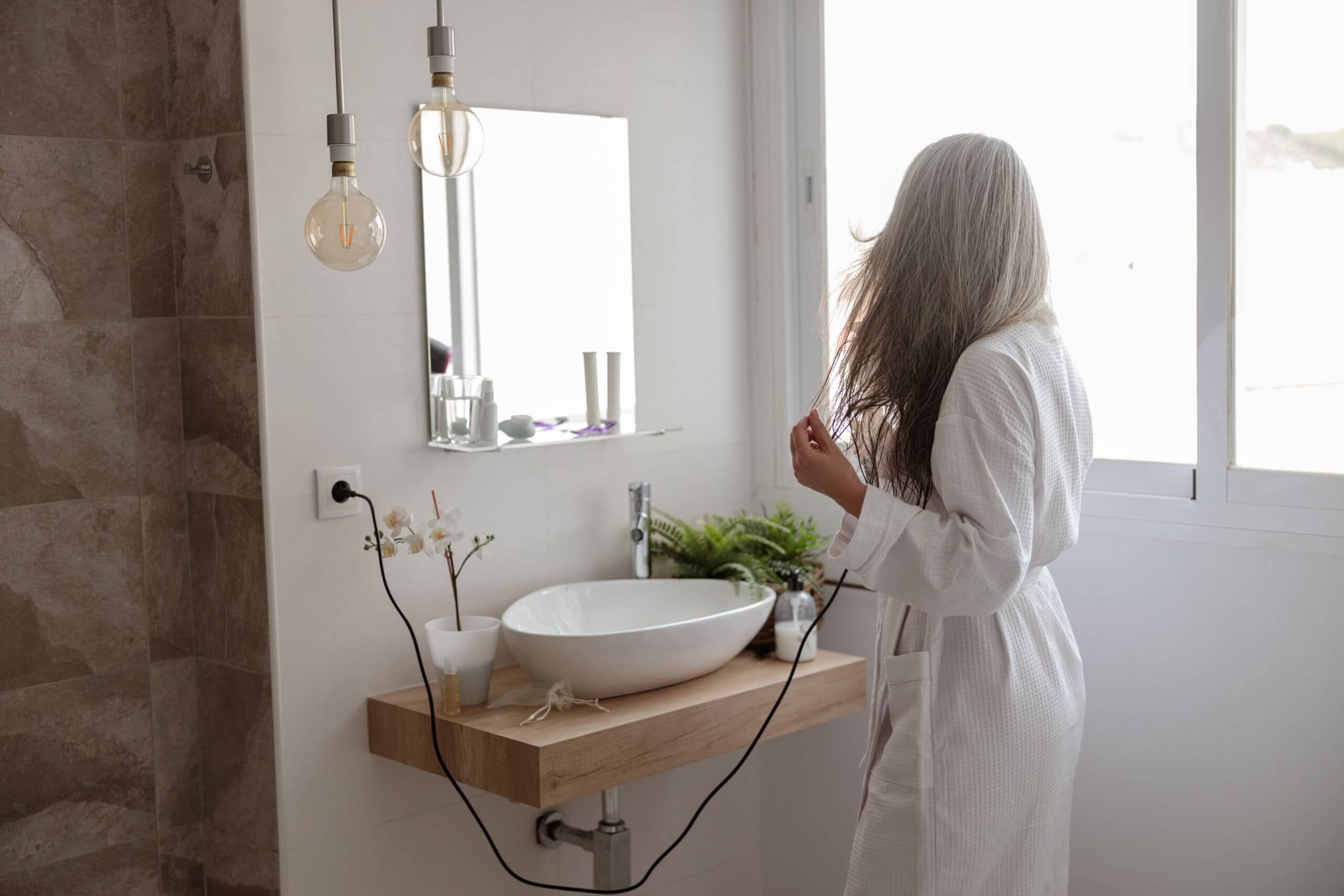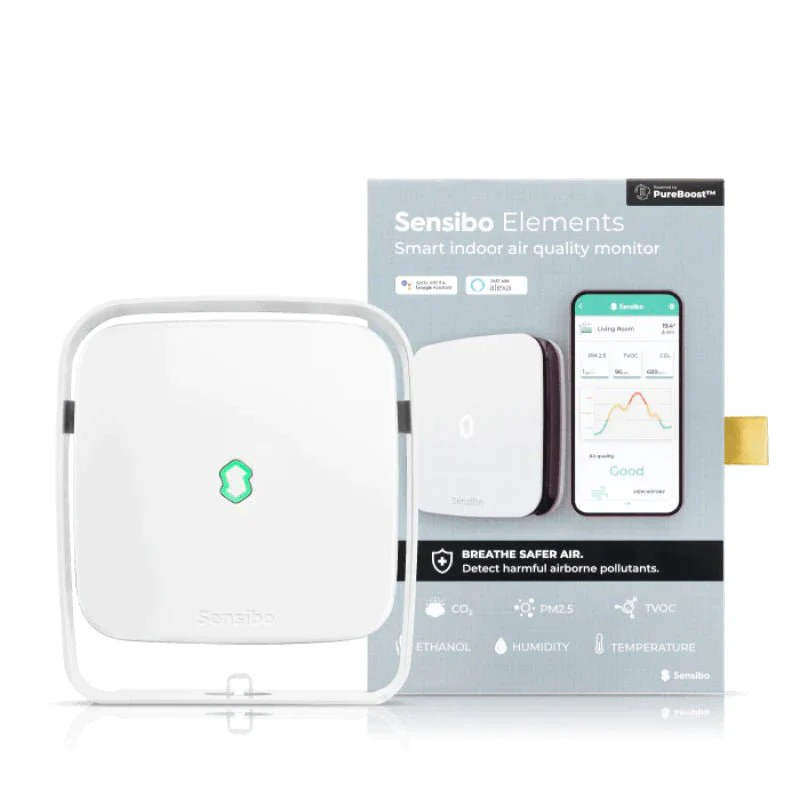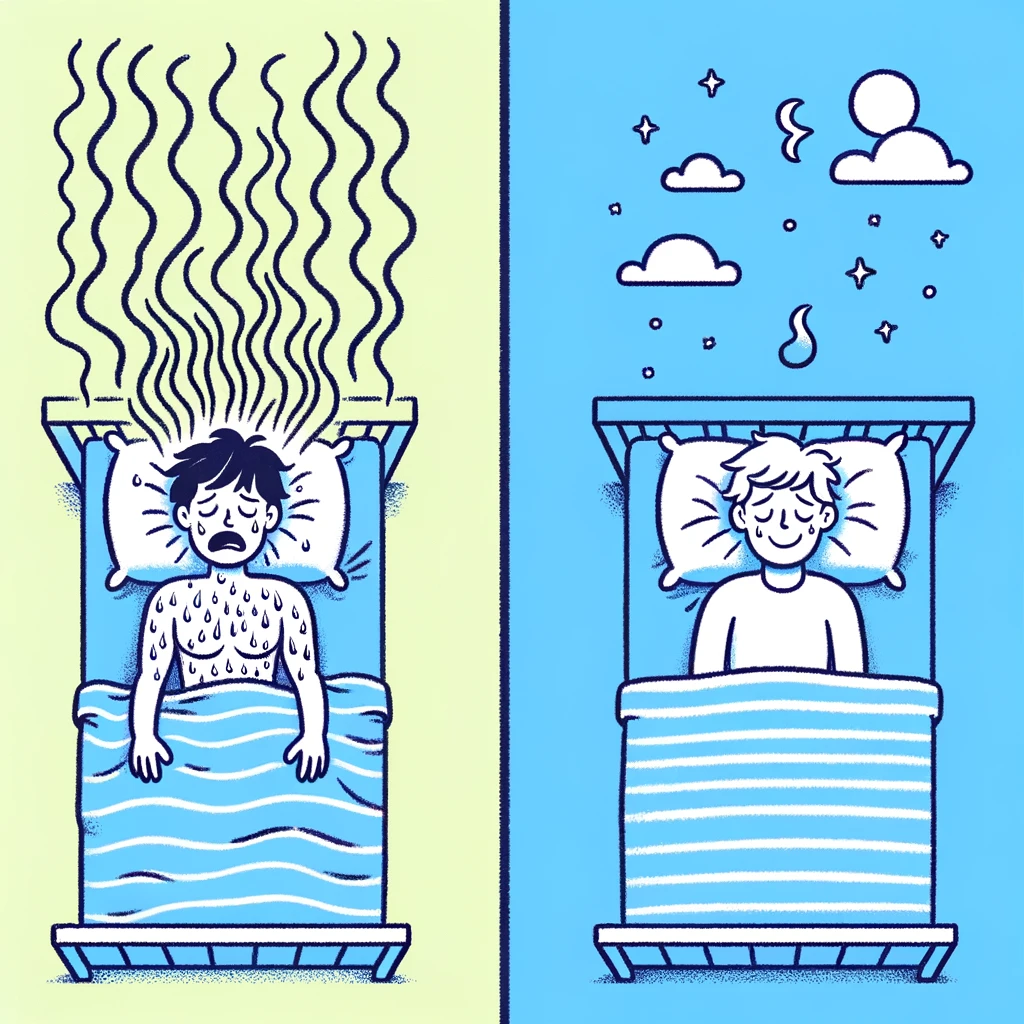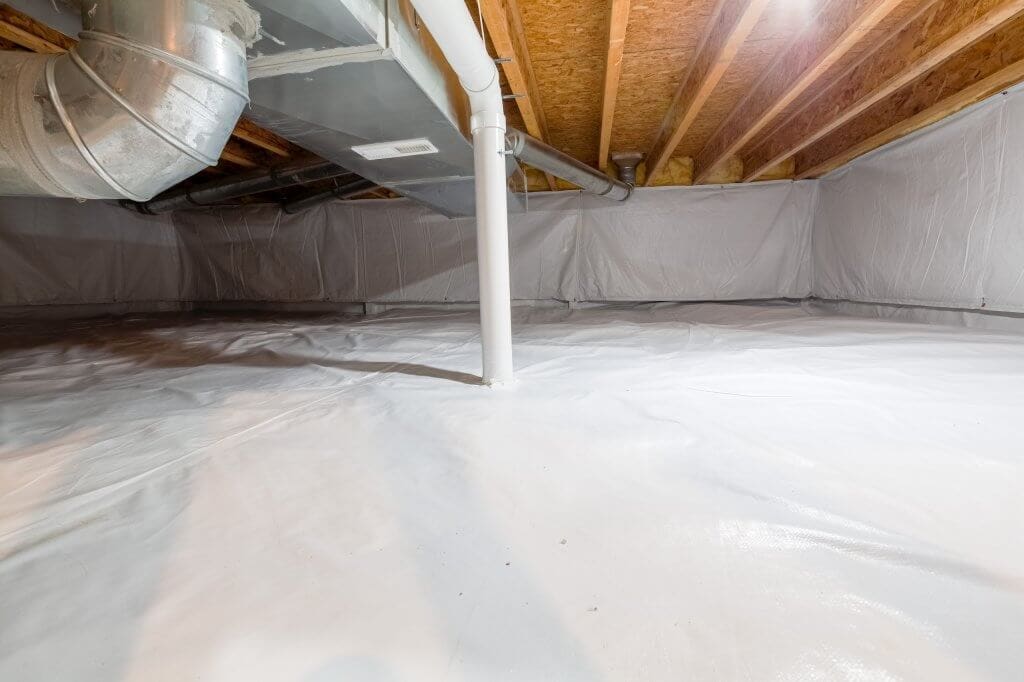Don’t you hate when your house feels hot and sticky throughout the day? The culprit is likely humidity. And an icky feeling isn’t the only sign of high indoor humidity, it can also cause health symptoms and difficulty breathing as well as poor sleep. The ideal indoor humidity range is 40–60%, but for some homeowners, this can be difficult to achieve if you don’t know the sources of high home humidity.
What Is Humidity?
What exactly is humidity? Humidity is simply a measurement of the amount of moisture present in the air. Humidity increases as the amount of water vapor in the air increases. And conversely, humidity decreases as the amount of water vapor in the air decreases.
When humidity is high, the air tends to feel hot, wet and sticky. The reason for this gross feeling is that water vapor takes up more space. Essentially, it clogs the air and makes it difficult for other liquids, like sweat, to evaporate.
Sources of Indoor Moisture
High home humidity can be attributed to several factors, the first being the design and construction of your home. Insulation, caulking, weatherstripping, airtightness and ventilation can determine how humid your home is at any given time.
The second contributing factor is your home’s HVAC system or air conditioning unit. If the air conditioning unit’s capacity is greater than necessary for your home, it will cool the space very quickly. This will result in the unit frequently turning on and off which prevents the evaporator coil in the AC unit from helping dehumidify the air.
The third source of high indoor moisture levels is a host of indoor activities. That is daily home activities such as cooking, drying laundry, washing your dishes and taking a bath or shower. These moisture-increasing activities combined with a lack of insulation can create high home humidity levels in any season.
Speaking of seasons, weather is another contributing high home humidity source. This may be fairly obvious, but hotter states in subtropical climates such as Florida or Georgia on average have higher indoor humidity levels than states in colder climates.
How To Decrease Humidity Levels in Your Home
With so many potential sources and factors contributing to high home humidity levels, how can you decrease indoor moisture? Here are a couple of ways to minimize sticky air in your home.
- Ventilation: Ensure your home is properly ventilated, particularly in moist areas (e.g., kitchens, bathrooms and laundry rooms). Make sure to turn on ceiling fans and localized exhaust fans. If your home is really struggling, consider adding a whole-home mechanical ventilation system for consistent fresh air circulation.
- Weatherstripping: Apply weatherstripping to windows and doors to create an airtight seal that prevents air from escaping and outdoor humidity from entering. (Keep in mind, airtight homes are another reason to consider mechanical ventilation!)
- AC Unit Size: Appropriately size your air conditioning unit based on the square footage of your home.
- Caulking: Caulk areas frequently exposed to moisture (e.g., bathtubs, sinks, toilets and faucets). You may want to consider caulking windows as well.
- Insulation: Ensure that the walls of your home are properly insulated in order to prevent air from escaping or entering through holes and cracks.
- Dehumidifier: A dehumidifier works to reduce high home humidity, as the name implies. Place portable dehumidifiers in a sealed room, away from walls or objects. This effectively reduces the humidity in a room. However, whole-home dehumidifiers decrease indoor moisture levels throughout the entire home in one fell swoop. They are a simple addition to your existing HVAC system, and prove their usefulness year round.
 Whole-Home Humidity Control: More signs that your home would benefit from a dehumidification solution and how to choose between a portable device and whole-home dehumidifier here →
Whole-Home Humidity Control: More signs that your home would benefit from a dehumidification solution and how to choose between a portable device and whole-home dehumidifier here →Reduce Humidity in Your Home
Whichever option or IAQ solutions you pursue for your space, whole-home humidity control has many benefits. For improved health and home comfort, consider a dehumidifier for your space.





